You have probably heard of a Front-End alignment, but you might not be as familiar with what it is or why it is so important. When you own a vehicle, routine maintenance is critical for keeping it in good condition and preventing larger issues from happening. This service is a part of the routine maintenance that all vehicles require to ensure that they remain in working order.
How Does a Front-End Alignment Compare to a Wheel Alignment?
In most cases, the primary difference between the two services is that a Front-End alignment focuses on the front two wheels while a wheel alignment is on all four wheels. Overall, the services are mostly the same in terms of the process, its importance and when the service should be performed. Your technician can help you determine if you only need your front wheels aligned or if it is a good idea to take care of all four when you go in for an inspection.
What Is the Purpose of a Front-End Alignment?
The purpose of a Front-End alignment is to ensure that your suspension components are adjusted to the proper angles. It is important to make sure that you can drive your vehicle safely. When your wheels are within the proper alignment, it can save your tires and reduce their overall wear, and it might also help to enhance your gas mileage. This decreases steering column wear and helps to ensure that your vehicle has the right level of handling so that it is easier and more comfortable to drive.
There are many reasons why your Front-End might fall out of alignment. These could include often driving on roads that are not well-maintained, hitting curbs, potholes, or certain driving habits.
Is It Time To Get a Front-End Alignment?
The general recommendation for a front-end alignment is approximately every 50,000 miles. However, there are also some signs that might indicate that it is time to have this service performed on your vehicle, including:
- Your tires have uneven wear on the treads when you compare both front wheels
- You notice passive pulling, meaning that the car tends to drift in one direction when you are driving straight ahead
- Your steering wheel is no longer perfectly centered when you are driving straight ahead
- In some cases, you might feel a vibrating sensation when you are driving
- While driving your vehicle, the handling might feel looser than usual
When the alignment issues are moderate to severe, you might notice a pulling to the left or right, causing you to need more strength to keep the steering wheel in the proper position.
What Is the Front-End Alignment Process?
The process for performing this type of alignment is actually quite complex, involving a series of measurements and maneuvers to ensure that it is just right. It is important that someone with the right experience carries out the process to make sure that it is done properly. Every vehicle has its own set of alignment specifications that must be met in order for the job to be successful. Many places utilize an alignment machine to help ensure that the job is completed properly and to the exact vehicle specifications.
What Is the Time Requirement for This Service?
How long does a front-end alignment take? For most vehicles, it takes approximately one hour to perform this service. However, your vehicle, how much aligning it requires, and how busy the service center is, plays a role in how long you might wait for the job to be completed.
What Is the Average Cost of This Service?
How much does a front-end alignment cost? Ultimately, the best option for determining the cost is to contact your car service center and request a quote. You might need to take your vehicle in for the quote to be as accurate as possible. On average, you might expect to pay anywhere from $75 to $200 for the service. Sun Devil Auto front-end alignments start as low as $59.00. However, keep in mind that it is highly individualized based on multiple factors, so getting a personalized quote for your vehicle is best.
You can see that a front-end alignment is a vital part of your vehicle maintenance schedule. You want to get it done according to your mechanic’s recommendation to ensure that your vehicle continues to run smoothly. This also helps you to protect your investment in your car.
